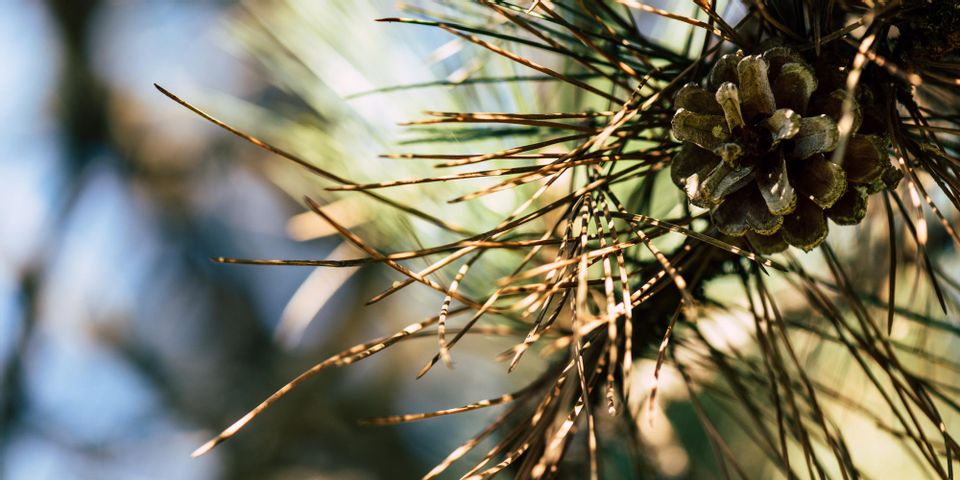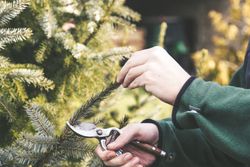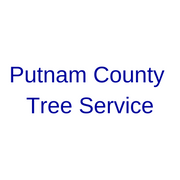
While many aspects of quality tree care are consistent across virtually all species, they each have unique problems and needs, too. For example, pine trees are susceptible to certain diseases that aren’t common in others. If you have pine trees under your care, it’s important to be aware of what’s most likely to hurt them so that you can keep them safe and healthy.
4 Common Diseases That Affect Pine Trees
1. Rust Diseases
Fungi can cause a few different rust diseases in pine trees. One of the most prominent is pine-oak gall, which shows itself with swollen growths, known as galls, that develop around the tree and inhibit sap flow. This usually suffocates and kills the upper portion of the tree, so prune galled branches to prevent it.
White pine blisters is another disease common among pine trees. Blisters gather on the tree, then form orange spots filled with fungal spores, eventually killing the tree. It’s preventable by pruning diseased branches and removing all currant plants within a one-mile radius.
Many pine trees also develop an illness known as pine needle. The needles develop yellow spots, then white blisters, followed by orange fungal spots, disabling the tree from foliating. You can prevent it by getting rid of nearby goldenrods and asters.
Gardeners and pine tree caretakers also have to watch for fusiform. This disease creates an infected site that produces purplish spots. The tree then develops galls and swollen stems, killing or permanently deforming it. Remove every infected part of the tree to stop the spread.
2. Needle Blight
Fungi are the culprit behind this disease as well. First, you’ll see dark green bands on the needles, which soon become brownish-red. After their tips turn yellow, the needles will fall off altogether, eventually killing the tree. Include copper fungicides in your yearly tree care routines to protect your pine from this disease.
3. Pitch Canker
 Bark beetles and other winged insects carry the fungus that causes this disease. Branches may wilt at the tips while their needles turn yellow or brownish red, soon falling off. Infected areas will secrete resin that creates lesions and permanent distortions, eventually killing the tree. Remove the bark beetles and cankers with careful tree pruning.
Bark beetles and other winged insects carry the fungus that causes this disease. Branches may wilt at the tips while their needles turn yellow or brownish red, soon falling off. Infected areas will secrete resin that creates lesions and permanent distortions, eventually killing the tree. Remove the bark beetles and cankers with careful tree pruning.
4. Littleleaf
Originating in the roots, littleleaf causes pine trees to have trouble growing foliage, and whatever they do produce is smaller, weaker, and more fragmented than usual. It’s usually difficult to spot the symptoms of this disease until it’s well advanced. Prevent it by supplying the soil with plenty of nitrogen as part of your tree care routines.
If you need more expert advice on pine tree care and maintenance, contact Putnam County Tree Service in Cookeville, TN. Having provided reliable tree services for more than 15 years, their expertise on the needs of pine trees will help your trees live long, healthy lives. They also offer safe tree removal. To schedule a visit for tree maintenance, call them today at (931) 528-3828 or message them online.
About the Business
Have a question? Ask the experts!
Send your question

